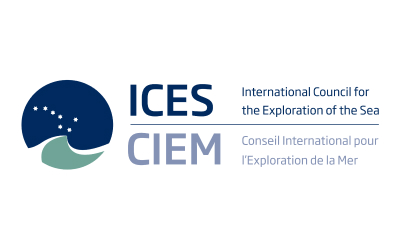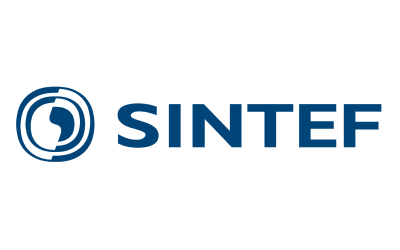Overview
Zooplankton, especially species like Calanus spp., play a critical role in marine food webs and can serve as indicators of ocean health. Monitoring their biomass and distribution provides valuable insights into ecosystem dynamics and helps inform ocean governance decisions, such as setting fishing quotas or managing marine traffic. This DUC aims to develop a system that integrates acoustic and optical monitoring technologies to track plankton biomass more effectively, providing a comprehensive view of lower-trophic level biomass.
Challenge
Traditional methods for monitoring plankton biomass, such as net sampling, only provide point-in-time data at specific locations, resulting in limited spatial and temporal coverage. Plankton patches are often sparse and their distribution is affected by seasonal and environmental conditions, making them difficult to track using conventional techniques.
The lack of real-time, high-resolution data hinders the ability to make informed decisions on fishing quotas, marine traffic regulation, and ecosystem health monitoring. A more advanced and continuous monitoring approach is needed to improve the accuracy and timeliness of plankton biomass data.
Solution
This DUC will develop an advanced monitoring system that integrates acoustic echosounders and optical sensors (specifically SINTEF Silhouette camera SilCam) to track plankton biomass in real-time. By combining these technologies with autonomous underwater robots and adaptive data sampling techniques, the system will provide continuous, high-resolution data on plankton distribution and biomass. This solution will serve as a proxy for assessing higher trophic level biomass, informing decisions on fishing quotas, ship traffic regulations, and understanding the effects of climate change on marine ecosystems.
The system will be tested at SINTEF’s OceanLab observatory in the Trondheim fjord, Norway, using real-time detection of zooplankton swarms via acoustics and species characterization through optical sensors. It will be based on a DTO for water quality and particles developed in the Iliad project.
Biological monitoring and sensor resources
- Active acoustics (echosounders) - used to detect plankton swarms and sound scattering layers.
- Optical sensors (SilCam) - measure particle size distributions and classify plankton using neural networks (PyOPIA pipeline).
- Systematic and opportunistic observation networks - OceanLab observatory, other projects (Iliad, SFI Harvest, DiverSea, AMBIOS, HYPSO)
Data Sources
- Norkyst800 ocean model data: Provides oceanographic data, including sea surface temperature and currents.
- Ocean observations
- Satellite imagery: Captures large-scale changes in ocean colour for tracking plankton blooms.
Analysis Tools
- OpenDrift: A particle transport model used for predicting the trajectories of plankton and estimating biomass movement.
Expected outputs
The developed system is expected to enable real-time, automated integration of surface and subsurface sensors for efficient plankton biomass monitoring. Acoustic sensors will detect plankton swarms at the surface, triggering subsurface optical sensors to capture detailed biomass data. This sensor fusion approach will significantly enhance the accuracy and coverage of plankton monitoring. Key outputs include:
- Interactive maps and dashboards: Real-time visualizations of plankton biomass distributions, generated from acoustic and optical data, will be displayed on a public Digital Twin Ocean (DTO) interface. This platform will allow stakeholders to track dynamic events like plankton blooms and assess long-term trends in relation to climate change and water quality.
- Dashboard for decision-making: A user-friendly interface showing plankton biomass, bloom events, and ecosystem health indicators to support fishing quotas, marine traffic management, and responses to environmental changes.
- Long-term assessment: Data streams integrated into public infrastructure to support ongoing ecosystem monitoring and governance.
Target Stakeholders
Environmental agencies, fishing regulators, port authorities, and research institutions involved in ocean governance, particularly for managing fishing quotas and marine traffic.
Digital Twin Features demonstration
- Sense and anticipate significant events: Detects plankton blooms and provides real-time data to support rapid response to environmental changes.
- Identify data gaps: Highlights areas with insufficient plankton monitoring, improving future data collection and analysis.
Status
Ready for implementation, with key components like acoustic and optical sensors integrated into existing monitoring systems.
Leaders
- Lara Veylit (SINTEF)
- Muriel Dunn (SINTEF)
- Raymond Nepstad (SINTEF)
- Tor Nordam (SINTEF)
- Dana King (SINTEF)
- In collaboration with ICES and SINTEF OceanLab.


